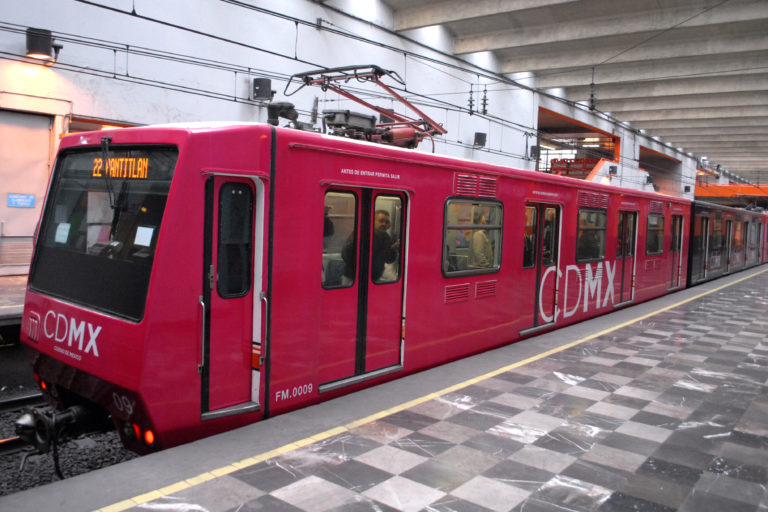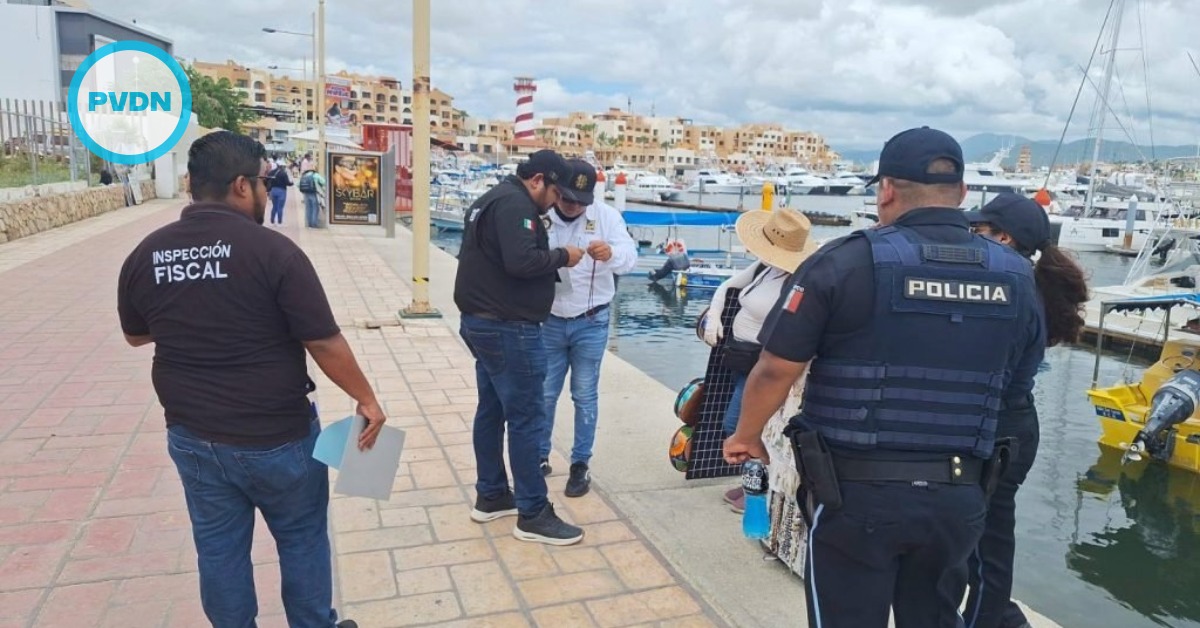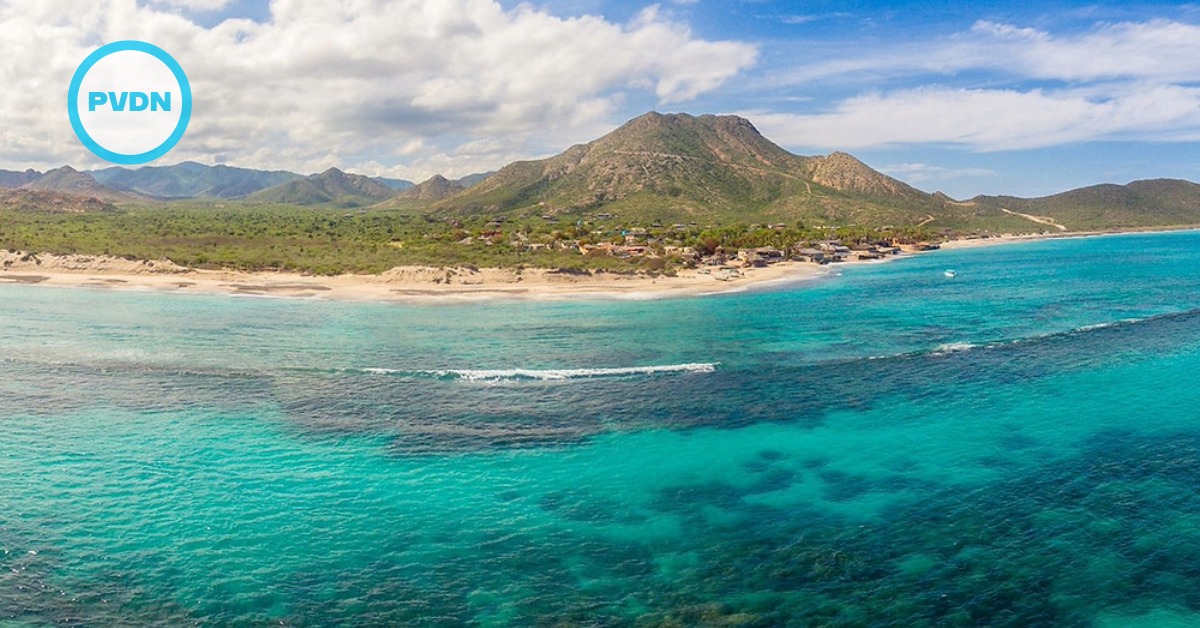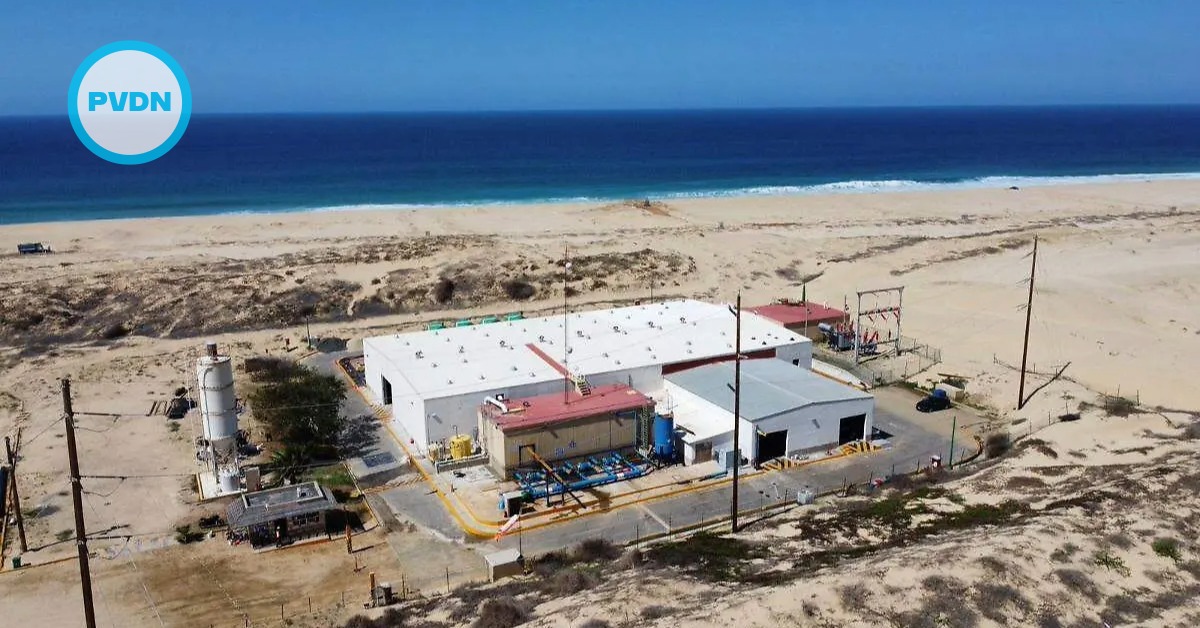Mexico City has the most dangerous transport system for women out of five of the world’s biggest commuter cities, according to a Thomson Reuters Foundation poll, with women saying other passengers often turned a blind eye to abuse.
The poll published on Wednesday found about three in every four women in Mexico City were not confident about using the transport system without the risk of sexual harassment and abuse or sexual violence.
Cairo ranked a close second while less than one in four women in London, New York and Tokyo thought they were at risk of such abuse on . . .






